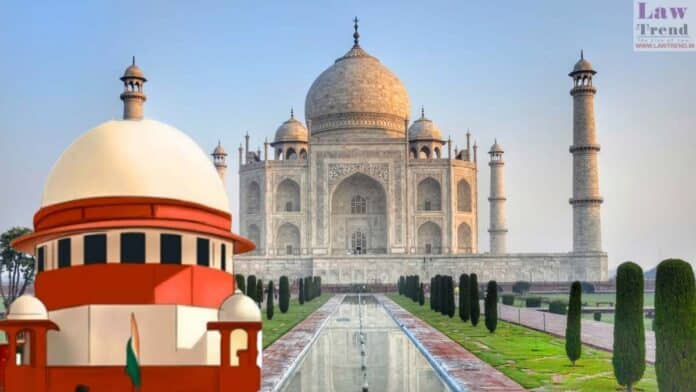In a significant move to protect the Taj Mahal, the Supreme Court of India, on Tuesday, ordered the National Environmental Engineering Research Institute (NEERI) to evaluate the environmental impact of glass industries located near the iconic monument in Uttar Pradesh. The directive was issued by a bench comprising Justices Abhay S Oka and Ujjal Bhuyan, who also instructed NEERI to submit an affidavit detailing the timeline for completing this assessment.
The bench emphasized the need for comprehensive cooperation from all relevant government agencies, including the state pollution control board, to ensure NEERI’s assessment is thorough and unhindered. “We want to know the extent of pollution caused by these industries. If we find that these industries are causing pollution, we won’t hesitate to order the shifting of these units,” the justices stated, underlining the court’s commitment to safeguarding the heritage site.
Additionally, the court tasked the Uttar Pradesh Pollution Control Board with forming a team to inspect the industries highlighted in the state’s affidavit. This team is to examine the pollution levels emanating from these industries and submit an interim report based on their findings. “After completing the study of five industries, the pollution control board shall submit the interim report so that appropriate directions can be issued,” the bench added.
This directive follows previous criticisms by the Supreme Court towards the Taj Trapezium Zone (TTZ) authority, questioning the effectiveness of the existing environmental protections around the Taj Mahal and labeling the preservation efforts as potentially ineffectual.




